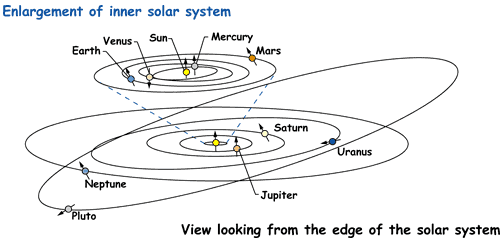Description
Geological evidence suggests that, to within a good approximation, the earth has occupied its present orbit around the sun for the past few billion years. However, why this is so and whether this happy situation will continue over the timespan of humanity are by no means clear.
It is a remarkable fact that the resolution of these questions will essentially be mathematical: The physical law governing planetary motion, Newton's law of gravitation, is well known and any deviations from it are very small (and are mostly well described). All that one needs to do, in principle, is to work out the mathematical consequences of Newton's law (plus Einstein's correction if necessary) with no further physical effects needed.
This task has occupied many fine mathematicians, including Copernicus, Newton, Gauss, and Poincaré, and remains a very active field today. In space exploration, one would like to compute the most efficient trajectory (in terms of time and fuel) to the destination(s). Closer to home, satellites orbiting Earth need periodic corrections to their orbits, even in the absence of space debris or other rogue objects, due to small irregularities in Earth's gravity. Modern research in this area brings together such diverse areas of mathematics as geometry, dynamical systems and numerical analysis.
This project uses tools from dynamical systems and Lagrangian/Hamiltonian mechanics. After reviewing the "basics" (facts known to Newton, Lagrange and Gauss), the analytically inclined could look into more recent analytical developments from the modern theory of dynamical systems, while the numerically inclined may wish to look into very long time numerical integrations of the solar system (and whether/why one can have any confidence in the results!).

Image credit: NASA
Prerequisites
Useful modules are Mathematical Physics 2, Numerical Analysis 2 and Dynamical Systems 3.
Resources
- Fitzpatric 2012: An introduction to celestial mechanics
- Murray & Dermott 1999: Solar system dynamics
- Tremaine 1995 2003: Is the solar system stable?
- New Scientist 2008: Solar system could go haywire before the Sun dies
- Stuart & Humphries 1996: Dynamical systems and numerical analysis
- Hairer, Lubich & Wanner 2006: Geometric numerical integrators